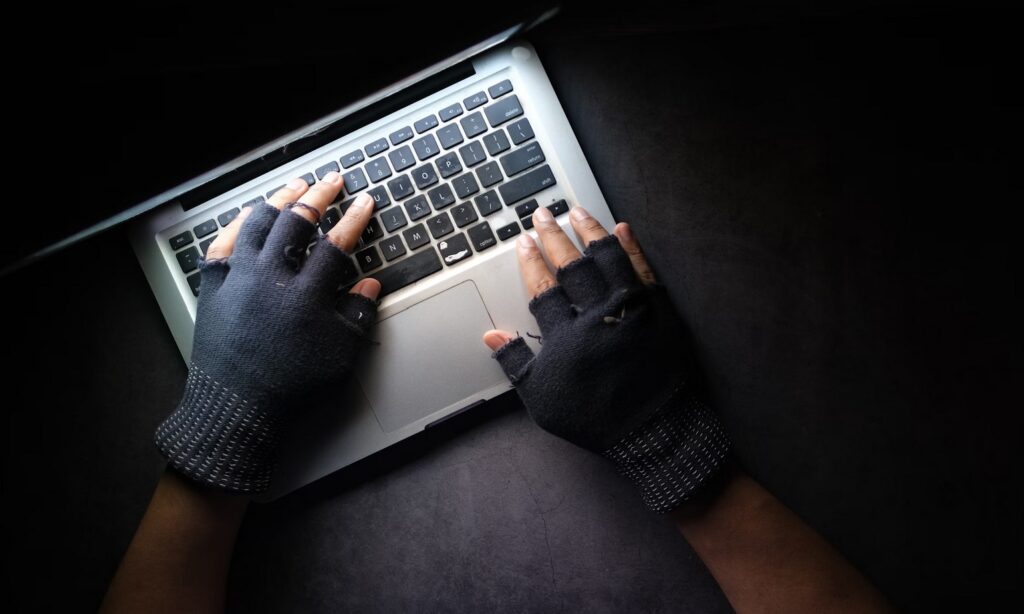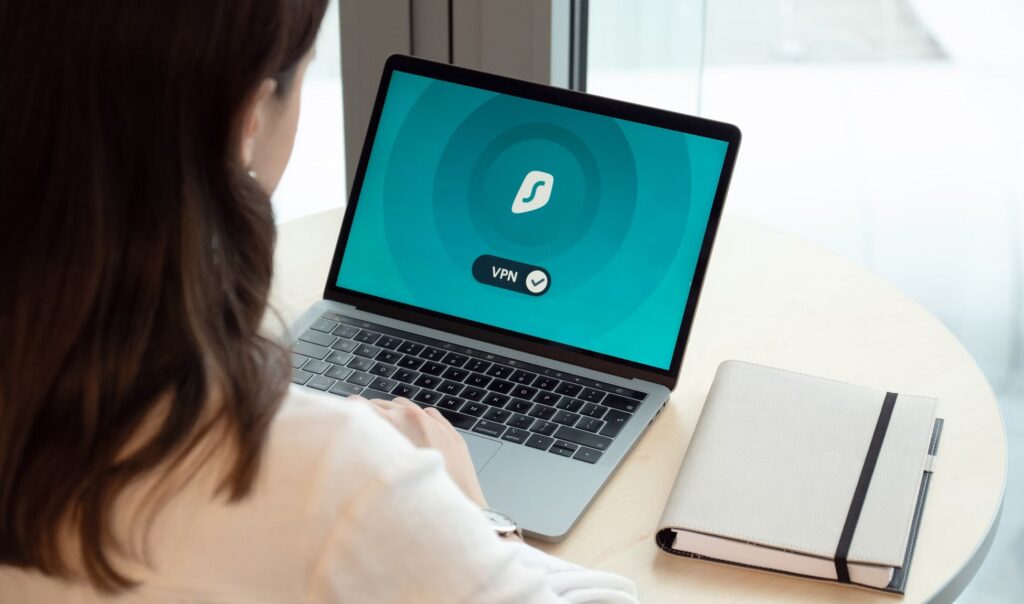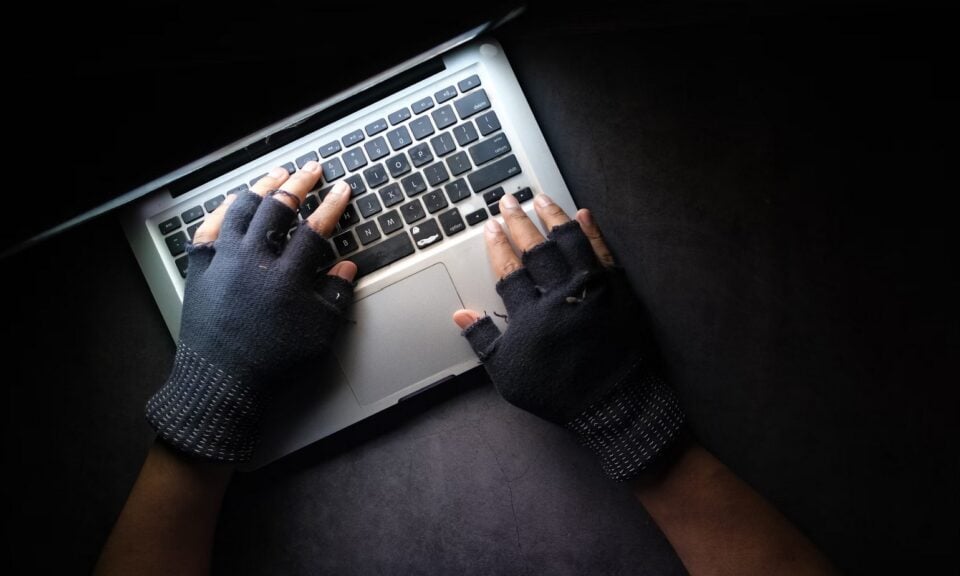
Visual hacking, as it sounds, is exactly that. It involves unauthorised people seeing and capturing sensitive information by spying on a device in public. Business travellers are at particular risk when working on the move in airports, trains, cafes, hotel lobbies, conferenceor event centres and even parks.
This form of hacking can involve simple things like someone looking over your shoulder, recording your screen on their phone or camera, connecting via wireless or bluetooth connections, or even bin diving for paper or recycled materials at business venues such as office blocks and conference centres.
Paxes, an SAAS based corporate travel management platform, has shared some tips on the risks of visual hacking and how travellers can protect themselves.
Risks of visual hacking include:
Corporate espionage
Yes, it’s just as ‘James Bond’ as it sounds! Competitors and malicious actors (hackers) may spy and using visual hacking techniques to get insights on company operations, strategies, or confidential communication that could be damaging to the business.
Data breaches
Visual hacking can lead to data breaches that compromise personal, corporate, or client information, potentially resulting in financial losses and reputational damage.
Intellectual property theft
Sensitive business information, such as trade secrets, proprietary data, and strategic plans, can be exposed to unauthorized individuals, leading to intellectual property theft.
Failing compliance
Failing to protect sensitive information can result in non-compliance with data protection regulations and standards like GDPR. Businesses can then face legal penalties and loss of income/client trust.

Four simple ways business travellers can protect themselves:
Physical security
Implement physical security measures such as using privacy screens on laptops and mobile devices, securing briefcases and bags, and shredding sensitive documents. In the case of very sensitive information, it’s worth keeping documents with you and shredding them back at the office.
Be aware of your surroundings
When setting up to work in a public space, be aware of where you are positioned and try to position your screen away from prying eyes. For example, don’t have your back to a window so someone can see and record your screen from outside.
Technology solutions
Utilise technology like encryption for sensitive data, VPNs for secure remote access, and remote wiping capabilities for lost or stolen devices.
Travel precautions
If you’re working on sensitive information, book private cabins, hotdesks, or secluded areas while possible. When privacy is not feasible, it’s worth avoiding very sensitive work until you can get somewhere more private.

